Did you know that choosing the right PPC ad platform can boost your marketing ROI by up to 300% in 2025? The advertising landscape is evolving rapidly, with AI-driven insights predicting striking outcomes that can make or break your campaign.
As digital competition skyrockets, maximizing ad efficiency has never been more crucial for businesses aiming to thrive. Navigating the nuances of PPC platforms is key to harnessing these unprecedented opportunities.
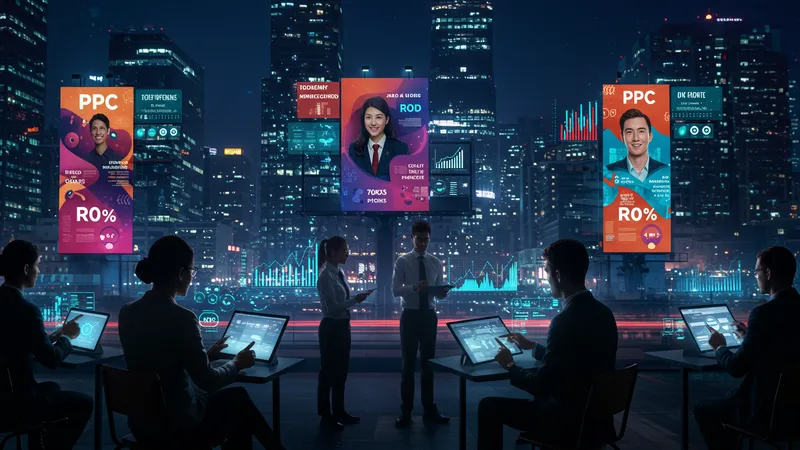
What if I told you that some of the most common PPC platforms might not be the best fit for your business? Many marketers blindly rely on well-known platforms without realizing there's a whole world of alternatives that can offer better returns. For instance, lesser-known platforms are emerging with exclusive features and smarter algorithms designed to outpace even the giants.
But that’s not even the wildest part—some platforms are reimagining ad targeting with mind-blowing AI capabilities. By tapping into predictive analytics, they’re delivering ads at the perfect moment, making every click count more than ever before. Get ready to be astounded as these tools harness data to forecast consumer behavior with precision.
Intrigued? Hold on to your seat because the revelations about these PPC platforms don’t stop here. What happens next shocked even the experts, and it might just redefine the way you plan your 2025 campaigns...
As giants like Google and Facebook dominate discussions, a new wave of revolutionary PPC platforms is quietly gaining traction. These platforms, often overlooked, possess unique capabilities that cater to niche markets rather than the mass appeal giants thrive on. Take a platform like TikTok Ads, for instance. Its strong influence among younger demographics provides marketers with tailored engagement strategies unparalleled by traditional social media outlets.
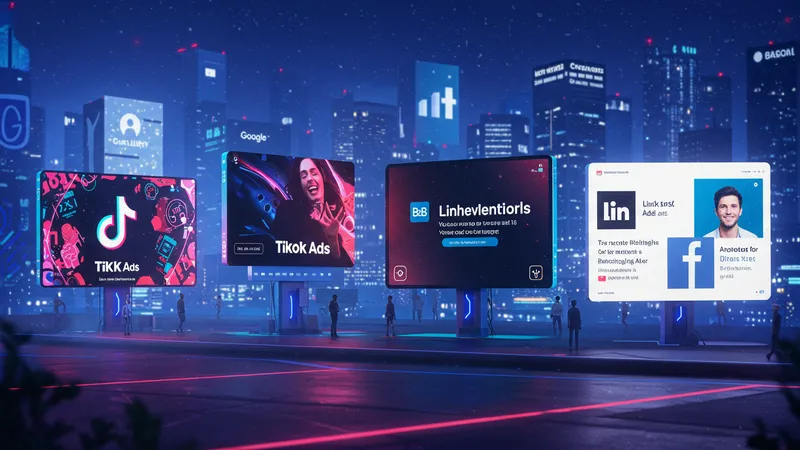
And it doesn't stop there. Platforms like LinkedIn Ads are carving out a specialized slice of the PPC pie by targeting B2B audiences with laser precision. They've introduced targeted InMail ads that set them apart, offering personalized outreach capabilities unmatched by standard advert formats. But there's one more twist—these specialized platforms often come with lower CPC rates due to reduced competition amongst advertisers.
As 2025 approaches, these under-the-radar platforms are prepping to deliver performance metrics that might just tip the balance. The integration of voice search ads on platforms like Amazon and Spotify is set to disrupt existing PPC strategies, providing a new frontier for ad visibility. Their ability to cut through the clutter and engage users audibly in daily routines offers an edge that’s hard to beat.
It's becoming clear that the lines between categories of PPC platforms are blurring, driving a competitive quest for efficiency and performance. But what you read next might change how you see this forever—newer platforms are syncing with AI advancements to predict not just clicks, but even user mood and sentiment!
Technology is sprinting ahead, and PPC platforms are harnessing AI to achieve levels of personalization previously deemed impossible. Imagine diving into a world where your ads not only reach the right audience but also adapt their message and tone in real-time based on individual user sentiment analysis. It’s not science fiction; AI is enabling this kind of tech in the advertising world today.

Platforms like Amazon DSP are already utilizing AI to personalize ad delivery times, ensuring consumers see ads just as they’re most primed to purchase. This data-driven approach is paying off immensely, refining ROI stats in ways marketers could barely dream of a decade ago. The metrics are sensational—studies show a 67% increase in engagement when ads are optimized for emotional resonance.
The capability of PPC platforms to adapt dynamically is extending far beyond mere audience segmentation. They are adjusting ad elements in real time—a feature once only dreamt of. But there's one more twist—these sophisticated systems are now increasingly accessible, even to mid-sized businesses that once couldn't compete with the marketing budgets of large corporations.
It's a thrilling time as the boundary lines in digital marketing are being redrawn every second. What you’re about to discover might compel you to rethink your entire 2025 strategy—a new generation of AI tools that’s poised to make ad budget decisions as intuitive as personal shopping recommendations!
As budgets tighten and expectations rise, marketers are seeking cost-efficient strategies without compromising quality. Enter the latest PPC trends of cooperative advertising and influencer collaborations—a money-saving method that’s proving highly effective. By sharing ad space or creating joint campaigns, businesses are aligning interests to offset costs and maximize outreach.
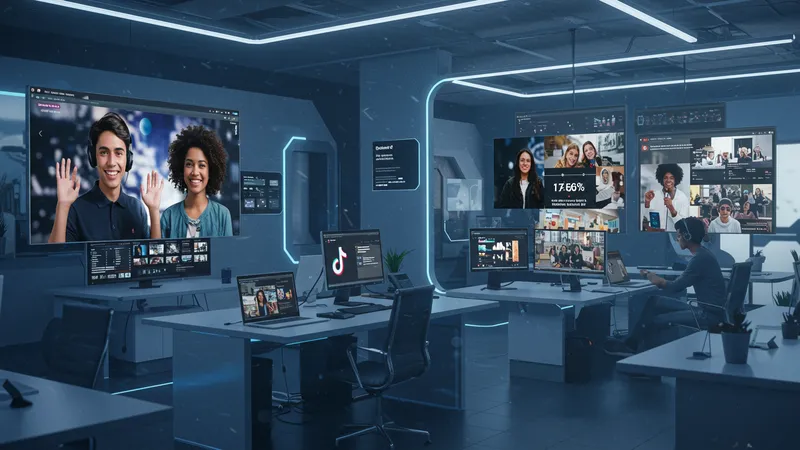
Platforms like TikTok and Instagram are leading the way, encouraging shared campaigns that engage while splitting costs between brands. These collaborations, once considered risqué, are now a savvy budgeting strategy that offers a win-win for all parties involved. But there’s one more twist—industry insiders are predicting these partnerships will soon become the gold standard in cost-effective advertising.
But it’s not just about shared costs; efficiency is skyrocketing as brands refine their targeting precision. The integration of advanced analytics in platforms offers advertisers profound insights into behavioral patterns, minimizing wasted spend. With real-time adjustment capabilities, campaigns cut down on misses and focus firmly on converting views into conversions.
This isn’t just a phase; it’s the direction the industry is rapidly moving toward. And as you contemplate these strategies, just wait till you see the final piece of the puzzle about organic integration—it might just prove to be the game-changer for a cost-effective PPC campaign approach in 2025.
Blending paid and organic strategies is ushering in a new era of PPC. The key lies in seamless incorporation, leveraging organic content to amplify paid efforts and vice versa. Brands like Sephora and Nike are pioneering this by syncing PPC ads with organic content calendars for a unified message that resonates.
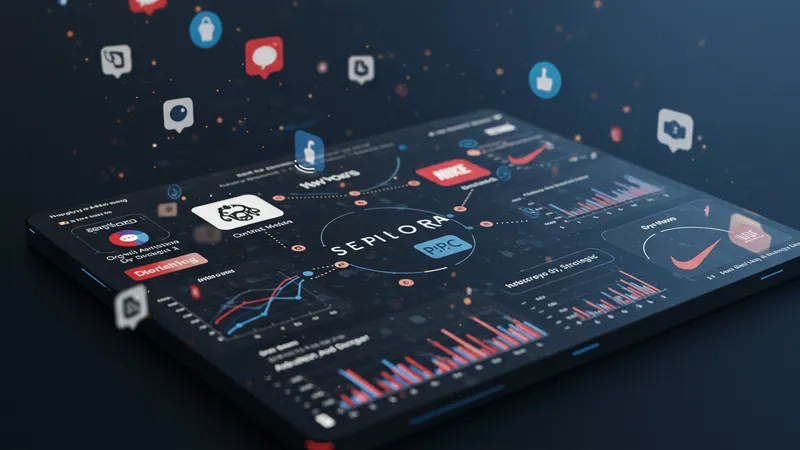
Here’s how it works: by utilizing organic social media posts to gather customer insights, brands tailor their PPC strategies to align perfectly with audience interests. The result? A massive boost in engagement and brand trust. But here’s the real shocker—some have managed to double their conversions without increasing ad spend.
This organic integration offers double the value in terms of engagement without doubling the cost. As more brands tap into user-generated content and reviews to inform their PPC strategies, the return on investment looks to only skyrocket. But what about when the tables turn? The next tactic might just redefine everything.
Prepare to have your perspective altered as curated, AI-suggested frameworks for ad campaigns emerge—making organic and paid harmony not just a possibility but a practical pathway toward sustained engagement and revenue growth in 2025. What follows might just push the boundaries of your existing PPC mindset.
Have you noticed a dramatic shift towards video content lately? Video ads are not just a trend—they’re becoming a staple in PPC strategies. As user attention spans shrink, capturing interest through dynamic content is proving more effective than ever. Platforms like YouTube and TikTok offer robust ad placement options that are driving engagement to new heights.
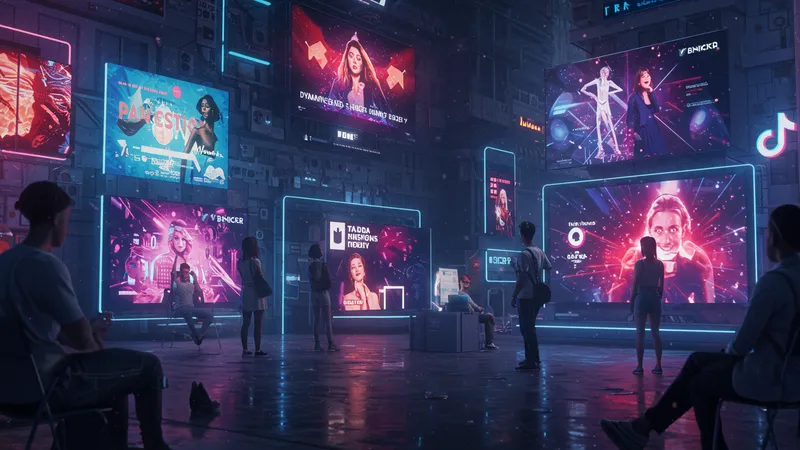
Recent data indicates that users are 27% more likely to remember video content over text. This places video ads in an enviable position to make a lasting impression. But there’s another twist—not only are they memorable, but they also encourage a 55% higher click-through rate compared to other formats.
As 2025 unfolds, leveraging interactive video ads in PPC strategies could become crucial. They provide immersive experiences that can’t be matched by static content. Consider the impact of shoppable video ads; these innovative features are set to redefine consumer interaction, allowing viewers to purchase directly from the video ad itself.
As video content takes center stage, think about the implications for your brand's PPC efforts. The next revelation is bound to disrupt traditional timelines—video isn’t just here to stay; it's evolving and might just play to the strengths your brand never knew it had.
Welcome to the age of programmatic advertising, where the game has changed beyond recognition. This isn't your traditional PPC buy; it’s an automated universe enabling advertisers to purchase and optimize digital campaigns with unparalleled efficiency. Programmatic ads run rampant in platforms like Google Display Network, revolutionizing how advertisers connect with diverse audiences.

In 2025, marketers are tapping into real-time bidding to reach the most qualified audiences at the optimal times. There’s a paradigm shift as algorithms decide who sees the ad based on extensive data points. Reports suggest a reduction in wasted ad spend by 28%, an appealing statistic as budgets tighten.
The glory of programmatic isn't just monetary; the exposure optimization potential is tremendous. Platforms offer tailor-made ad experiences that adjust to real-world customer interactions, setting the standard for effective targeting. But within this sophistication lies a deeper intrigue—ads being bought in milliseconds, imperceptible to the human eye.
This efficient manner of ad buying places tremendous opportunities at the feet of marketers. What you explore next might just redefine how quickly you can adapt and react in this dynamic marketplace. Discover why pace and adaptability could revolutionize your branding efforts in surprising ways.
Privacy concerns are reshaping the PPC landscape, prompting platforms to rethink how they collect and utilize data. With legislation tightening—such as GDPR and CCPA—advertisers are facing new hurdles that force them to reconsider their strategies. Balancing personalization with privacy is the new challenge.

The introduction of cookieless tracking is poised to change everything, impacting target precision and effectiveness. Businesses are scrambling to adapt, yet this could lead to innovative solutions, cameras focusing less on data collection from cookies and more on first-party data. There's a silver lining—potential for more authentic and trust-built relationships with customers.
But adapting to privacy must not be equated with taking a step back. The forward thinkers are using this as an opportunity, creating consent-driven interactions that strengthen brand loyalty and engage audiences meaningfully. Privacy isn’t just a hurdle but a catalyst for a new advertising paradigm.
As you delve deeper into these transitions, prepare to uncover unexpected adjustments companies are making behind the scenes—pioneering methods that align ethical considerations with effective advertising. What follows might change how you view your digital responsibilities permanently.
Dynamic and flexible bidding strategies are at the forefront of maximizing PPC campaign outcomes in 2025. Advertisers are moving beyond static bidding, embracing real-time adjustments that reflect ever-changing market conditions. Google Ads and similar platforms now offer AI-powered bidding strategies tuned to maximize KPIs.
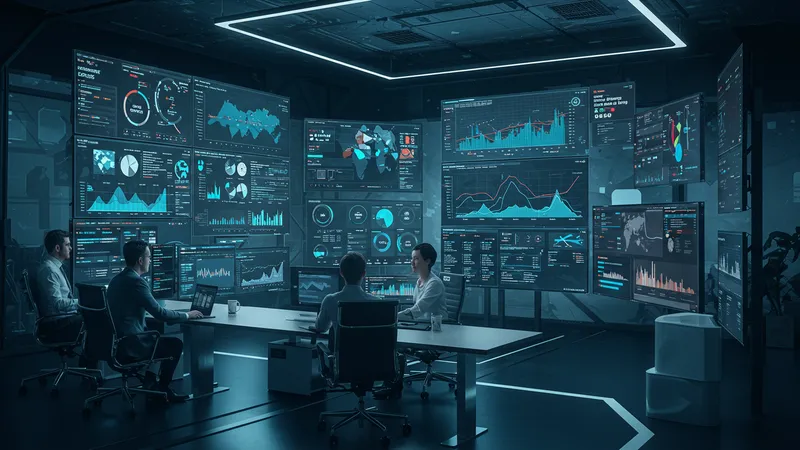
As cost-per-click and competition surge, clever bidding is more crucial than ever. Some savvy marketers are implementing a hybrid bidding approach—combining manual and automated strategies for optimized spending power. But it’s not just about cost efficiency; it's about maximizing results by understanding the win-win points of competition and cooperation.
This fusion allows advertisers to focus on high-value clicks while algorithms manage broader, lower-stakes targets. The adaptability of these systems ensures campaigns are not only efficient but also highly targeted, packing a punch where it matters most. But there's one more twist—setting and forgetting is a thing of the past; continuous oversight and adaptation are the new norms.
Prepare to consider whether these dynamic methods fit your ongoing strategies as you uncover the next key trend. In an age of digital transformation, the power to stay competitive might just come from your willingness to pivot and embrace innovative bidding strategies unreservedly.
Voice search is exploding, with predictions suggesting that 50% of all searches will be voice-activated by the end of 2025. This pivot in user behavior is reshaping PPC ad strategies as consumers expect instant, conversational interactions. The likes of Alexa and Google Assistant are spearheading this charge.
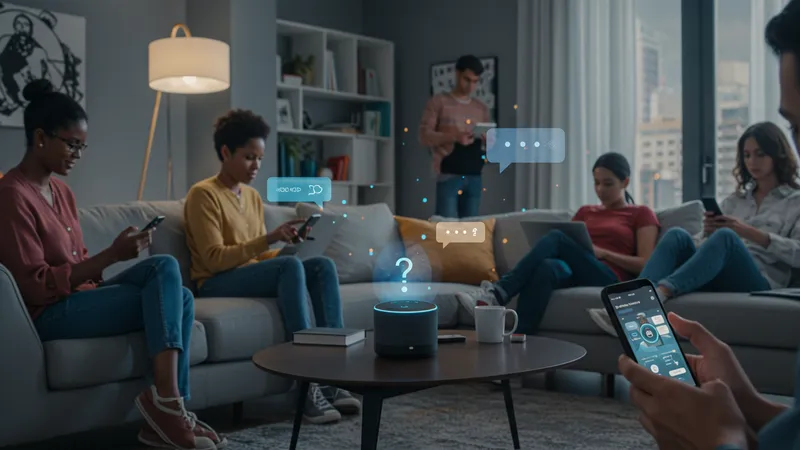
These platforms are offering new ad formats tailored for voice search, presenting a unique opportunity for brands to reach audiences through ownership of micro-moment queries. Here's where it gets intriguing—voice search is uncovering niche keywords previously overlooked in traditional search.
But it's not as simple as repurposing text-based ads for voice; this medium requires brevity and relevance, with a focus on local SEO elements. The challenge, and opportunity, lies in crafting ads that resonate within a verbal search framework. But this isn’t just about compatible ad creation; strategic bidding plays a crucial role as well.
Embark on the next phase of exploration as you learn how businesses are revolutionizing their PPC approaches to capture voice search engagements effectively. Changing how voice tech is integrated into PPC strategies could redefine the rules of search marketing forever.
The symbiosis between PPC advertising and e-commerce is taking shape in unanticipated ways. As online shopping becomes a powerful dynamo, new advertising methods are developing to cater directly to virtual shoppers. Platforms like Google Ads and Amazon demand highly strategic methodologies that create seamless paths from ads to checkout.
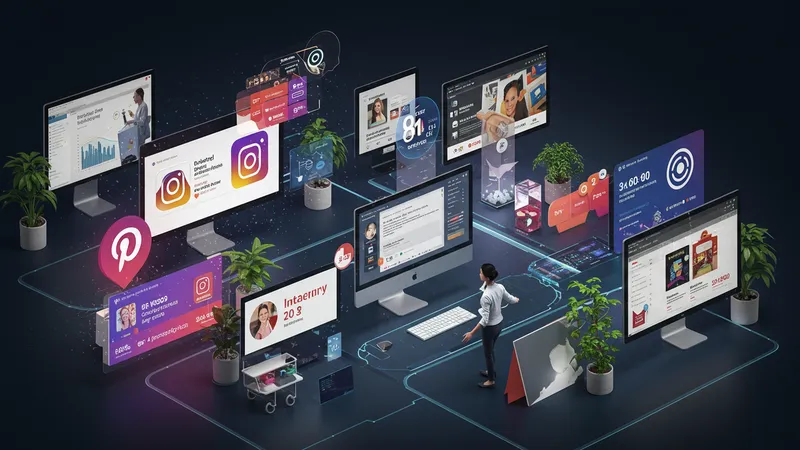
Performance marketing is front and center, with retailers embracing an omnichannel approach. But here’s the twist—e-commerce is dictating the rule book, orchestrating PPC tactics that span from promotional product pins on Pinterest to interactive ads on Instagram.
As direct-to-consumer brands rise, we’re witnessing the multiplication of PPC platforms geared specifically towards supporting broad product catalogs. Sophisticated product feed solutions are being embedded directly within ads, purposed to make the transaction feel fluid and immediate.
Dive further into the discovery of how this influential relationship between e-commerce and PPC is unfolding. The synergy explored next might just spark inspiration, unearthing new strategies suited to the fast-changing retail and advertising landscape.
With every click and impression providing a deep data point, the role of analytics in PPC advertising continues to intensify. Predictive analytics and AI-driven insights are driving a new wave of advertising strategies that prioritize precision and clarity in targeting objectives.

The power of these insights extends beyond mere conversion tracking; they assist in crafting cleverly optimized campaigns that foresee user behavior. But here's what’s exciting—AI won’t just predict future outcomes; marketers are learning to connect past data patterns with hyper-targeted campaigns that drive powerful results now.
The thrilling result? A noticeable improvement in ad relevance and ROI as these analytics guide more informed decisions. Machine learning applications help automate mundane bidding tasks while sharpening the focus of your campaign strategy for maximum impact and conversion rates.
As you digest this ongoing revolution’s potential, the key isn’t just about crunching numbers but understanding the profound implications analytics have on modern marketing frameworks. Brace yourself for what comes next—a look into how intuitive data landscapes can radically transform PPC plays and become the backbone of smarter, more efficient strategies in 2025.
In a world filled with incessant digital chatter, influencers emerge as dominant forces shaping consumer perceptions and impacting PPC campaigns. Their upward trend is noteworthy; 2025 might see influencer-market synergies reaching new heights, reinforcing brand messaging dynamically.
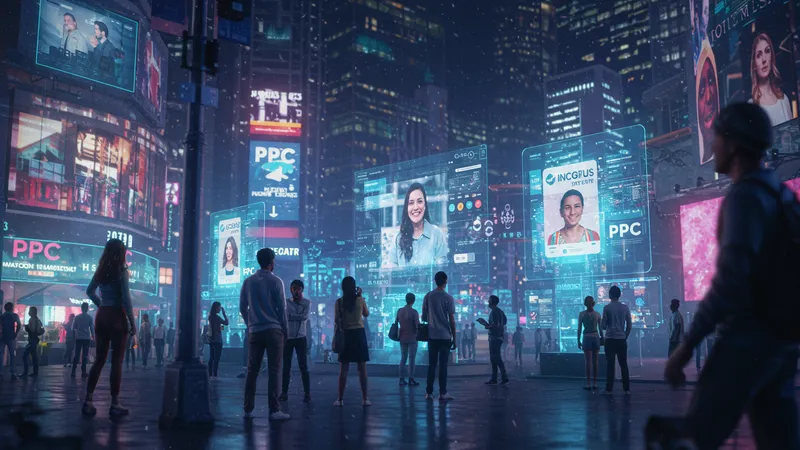
The integration of influencers into PPC campaigns presents a multifaceted opportunity. By using influencer-generated content, brands can amplify ad message authenticity, appealing directly to target demographics who already trust these figures' recommendations. There’s a staggering statistic—ads featuring influencers demonstrate up to 11 times higher ROI than traditional approaches.
This symbiotic relationship isn’t just about grafting faces onto ads. At its core, influencer impact harnesses social proof to drive campaign credibility by creating relatable narratives. Yet, there’s a contrarian angle, as some suggest this heavy reliance risks a market saturation point.
Understanding both the nuances and novelties in influencer-driven PPC campaigns could redefine your digital presence. Delve into the convergence of influencers and ads, and keep an eye out for the ensuing trends that promise to build resilient bridges of engagement between promoting brands and loyal consumer bases.
As businesses face mounting pressure to embrace sustainability, this new ethic is reshaping PPC strategies in fascinating ways. 2025 witnesses an influx of brands aligning themselves with green initiatives to attract eco-conscious consumers, seamlessly weaving sustainability into their advertising narratives.
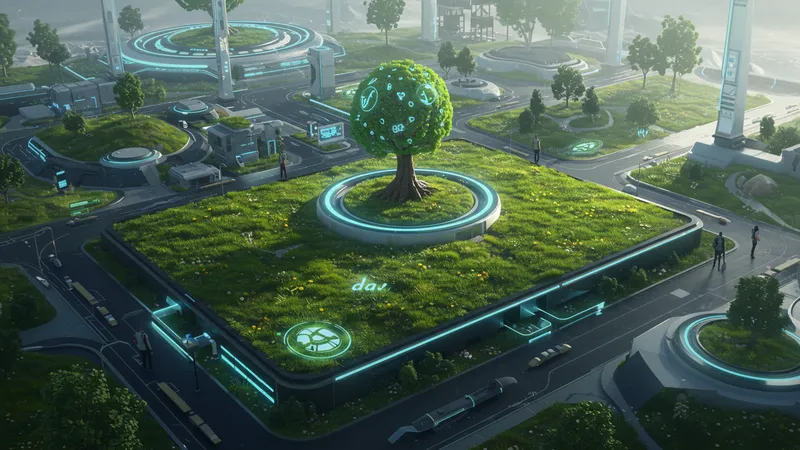
PPC platforms are responding by offering placements that emphasize companies’ earth-friendly practices. This is not just a gimmick; sustainability-centric ads demonstrate substantial returns, as contemporary consumers increasingly lean towards brands reflecting their values.
The breakthrough moment? Specialized segments within PPC systems are emerging that reward energy-efficient businesses with reduced bidding costs. Market analysis highlights how such sophisticated initiatives are not only drawing the right consumer eyes but also fostering brand loyalty from environmentally inclined communities.
Transitioning through this narrative prompts a reconsideration of advertising priorities—an alteration in campaign direction may resonate with both planet-focused and profit-driven outcomes. Investigate further to unveil how sustainability might influence your upcoming PPC directives, ultimately restructuring digital strategy blueprints for lasting impact.
As tumultuous shifts redefine advertising landscapes, crafting a future-proof PPC blueprint for 2025 calls for bold exploration. The possibilities are as exciting as they are challenging, reflecting the collective intelligence of industry trailblazers navigating this tech-driven environment.

This blueprint harnesses multifaceted strategies mentioned throughout—from unlocking innovative bidding to embracing AI's predictive prowess. The challenge lies in harmonizing legacy assets with evolving algorithms, ensuring agility in a quickly transforming digital ecosystem.
The path forward involves adopting a layered approach, where consumer-centric insights are weaved into campaign strategies to enrich personalization and interactivity. The unprecedented leverage of coalescing disparate strategies into cohesive campaigns will leverage brand uniqueness whilst maintaining flexibility.
What's next on this thrilling journey unfolds through adaptable creativity, marrying state-of-the-art tech with compelling human narratives. Dive into the final sections, revealing how companies build on collective learnings to spearhead future campaigns that not only survive but thrive amid the dynamism of a digitally-evolving world.
The advertising world is teetering on the edge of a defining evolution, with the PPC landscape of 2025 reflecting both innovation and reflection. Crafting this blueprint involves meticulously blending the distinct strategies we’ve journeyed through together.

By incorporating actionable insights from AI advancements to leveraging influencer dynamics and sustainability, brands are poised to redefine their long-term advertising tactics. As algorithms grow more sophisticated, so too must our adaptability, ensuring campaigns that consistently resonate authentically with modern audiences.
This unpredictable environment demands that marketers champion a fine balance between the affordances of cutting-edge technology and the values-driven engagement strategies contemporary consumers expect. Only then can brands thrive amid fierce competition and rapidly shifting trends.
The grand finale requires courage—a willingness to step into the unknown and leverage myriad opportunities to craft compelling, ethical, and innovative PPC endeavors. Delve into these concluding thoughts and explore how crafting a robust 2025 PPC strategy might shape not only marketing success but alter the broader digital landscape.
The blueprint details here might seem exhaustive, but they're merely the beginning of transformative opportunities waiting in the PPC realm. As 2025 beckons, the time has come to dissect these strategies with an eye for detail and innovation, seizing growth opportunities through measured creativity and cutting-edge technologies.
Whether it’s harnessing the power of voice search, integrating sustainability into ad narratives, or maximizing AI-driven personalization, each step builds on the last. Are you ready for the PPC revolution?
The choice is here, right now. Share this article, bookmark it, and ensure your 2025 campaigns leave a mark. ***The PPC landscape is changing. Will you lead the way or follow the wave?***